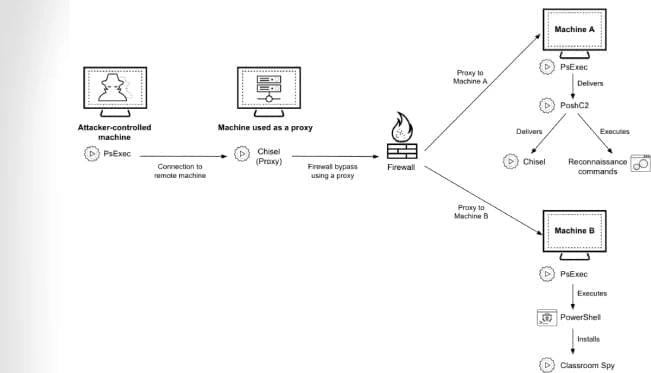Please see the latest issue of the Security & Tech Insights newsletter on the impact of artificial intelligence. Thanks!
Dear readers, please see the latest issue of the Security & Tech Insights newsletter. AI is impacting every aspect of our lives, and this issue provides a compendium of articles that address some of those topics, including cybersecurity. I believe it will be providing a useful resource for everyone interested in emerging tech and cybersecurity, and especially AI. Thanks, and stay safe! Best, Chuck Brooks.
(Kindly follow me on LinkedIn for regular posts on topics of emerging tech, cybersecurity, innovation, risk management, and govcon).
#artificialintelligence #cybersecurity #tech #innovation #future









